When talking about battleships, it's often necessary to somehow name turrets. In the pre-dreadnought days it usually wasn't too hard, as there were only two main turrets, and you could call them "fore" and "aft". But dreadnoughts generally had between three and seven turrets, and different nations used different techniques to designate them.
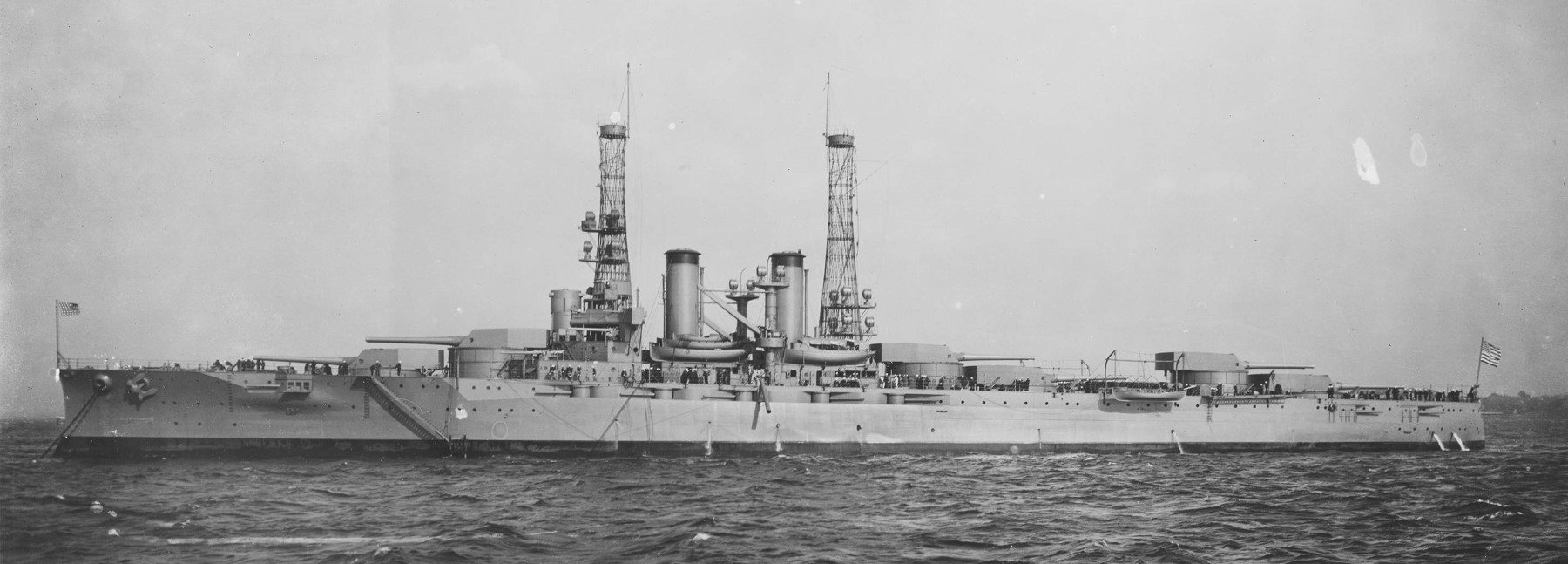
USS Wyoming, showing turrets 1-6
The USN's system was the easiest to understand. The turrets were simply numbered fore to aft. While this system is simple and effective, it had one major drawback. It didn't deal with wing turrets well. This wasn't a problem for the USN, which never used wing turrets, but most dreadnought-owning navies did, and needed a different system. Read more...

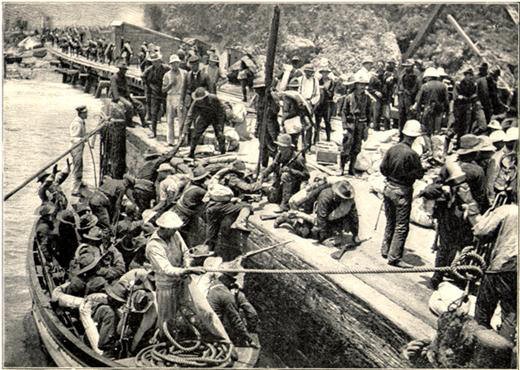
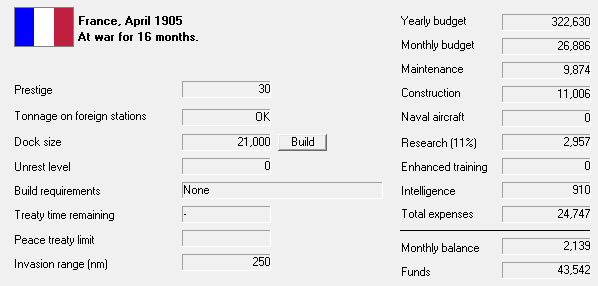
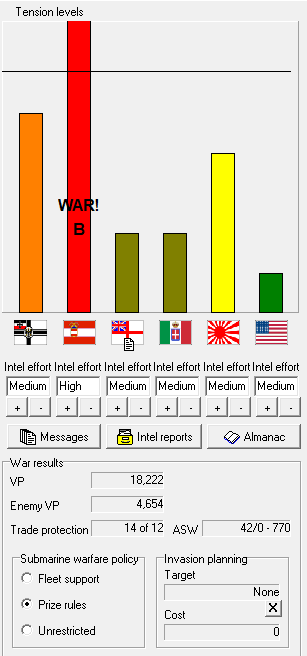
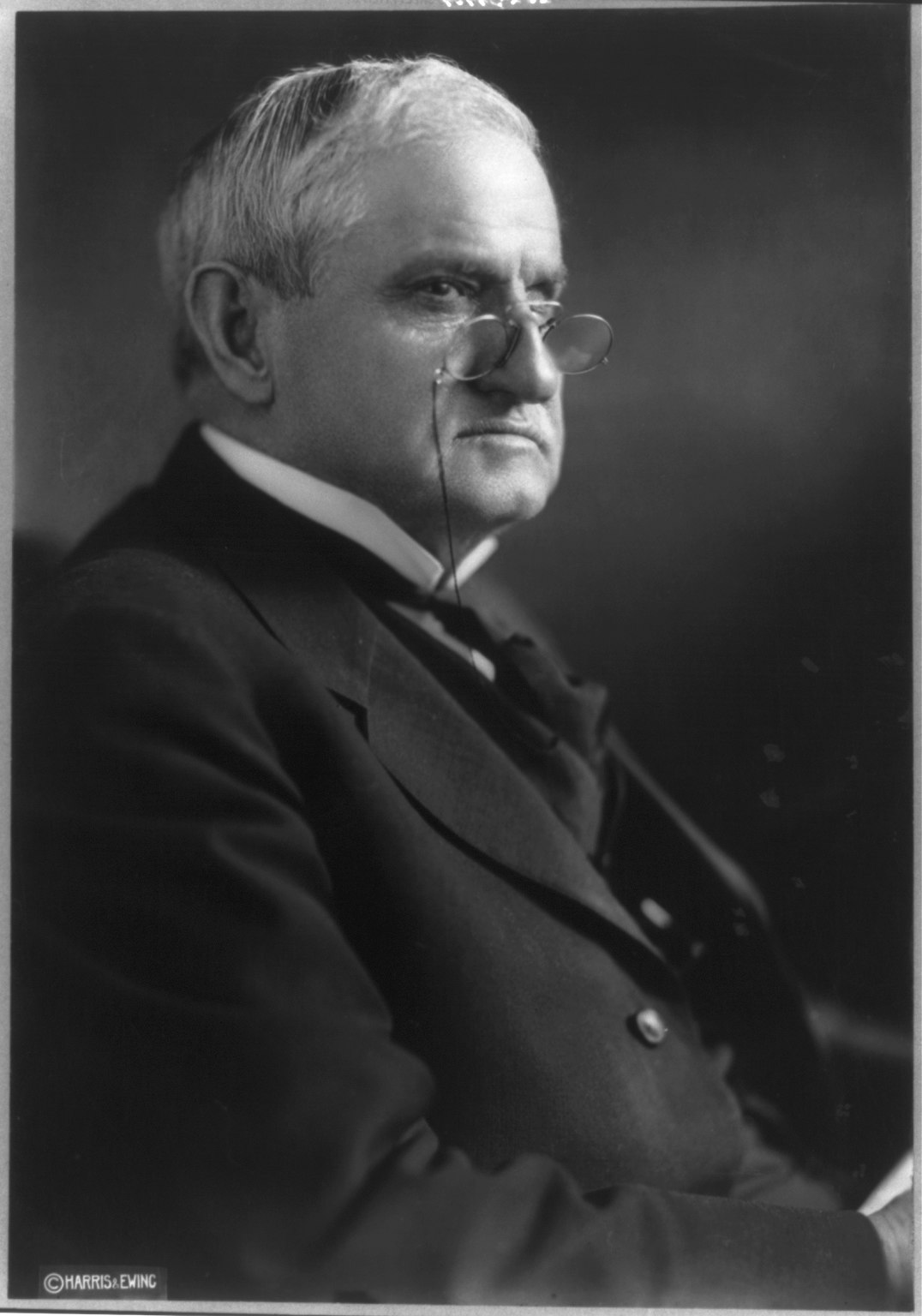
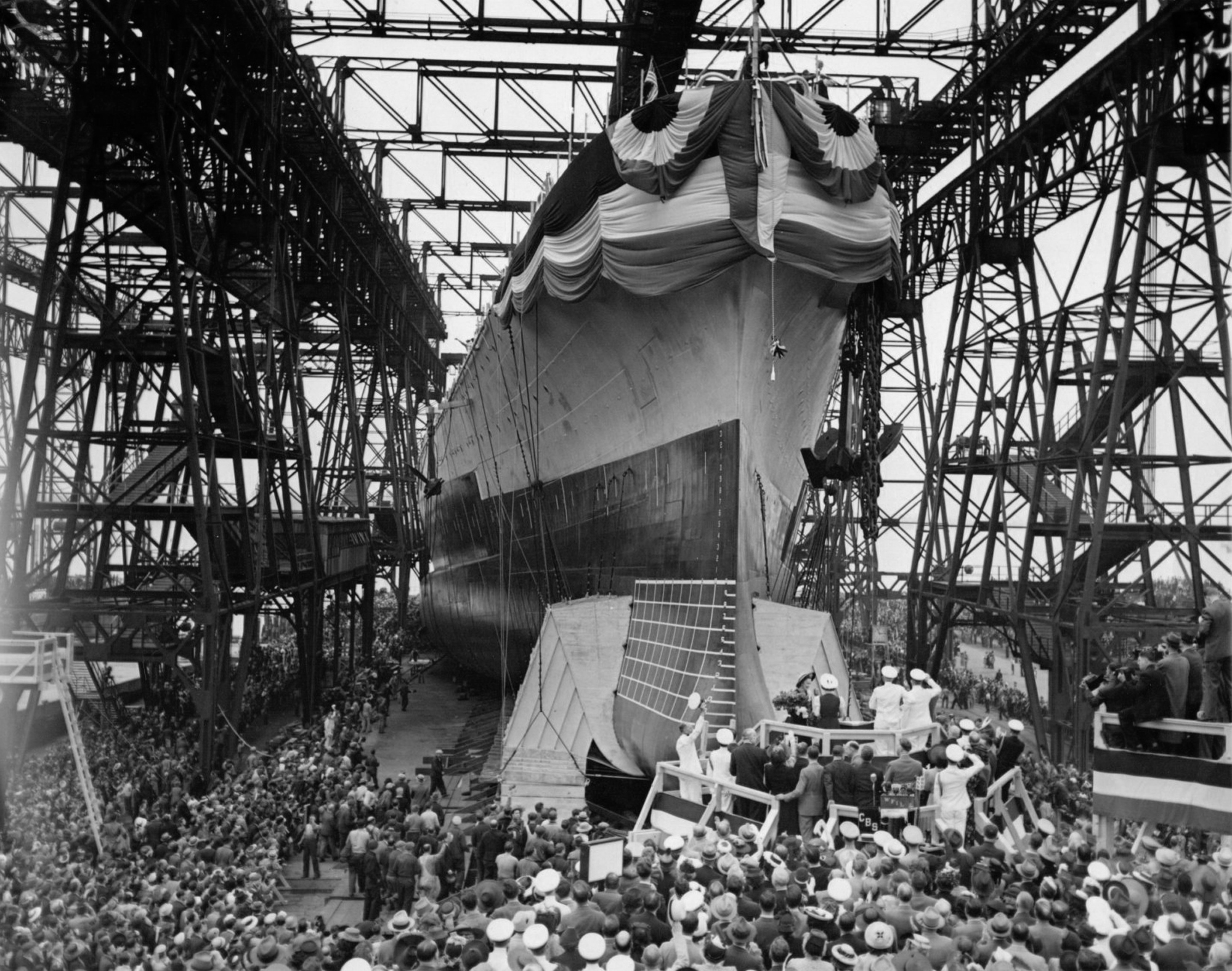




Recent Comments